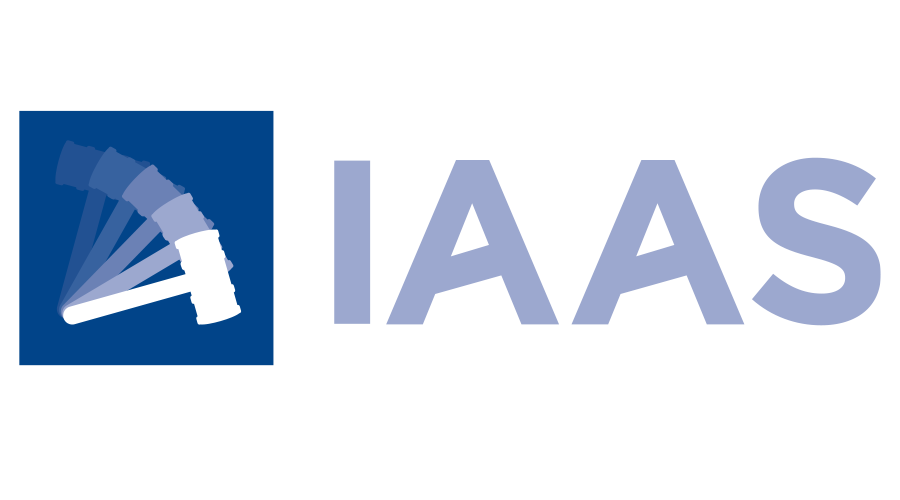Selling cattle over the next few weeks could be a good business decision for beef farmers, according to Grant Anderson of Harrison & Hetherington, but it’s not the time to rush lambs off farm before they are well finished.
“Prices for store cattle are good and supply is still tight, so farmers could take advantage of this and sell ahead of the usual August/September rush for the same margins,” explains Grant, who is Commercial Sales Manager and Sales Team Leader at Harrison & Hetherington.
Across its eight marts in Scotland and northern England, store cattle have seen sales averaging £1400 recently and prices for calves, stirks and young bulls have lifted. This year’s beef trade started well, and although it has slowed with the poorer weather, beef cattle prices are remaining relatively good:
“The less than summery weather has definitely impacted beef sales, but prices are still good and supply is likely to tighten again.”
Like farmers, Harrison & Hetherington, which is headquartered in Carlisle, uses the mart data available through the Institute of Auctioneers and Appraisers (IAAS) to compare trends year on year:
“The analysed mart data is a really good resource to see when the prime time to sell is for both cattle and sheep. It also tells you what breeds are producing the best returns. It’s then combining this with what’s happening in real time that farmers use to make some key strategic decisions on when to buy and sell as well on their feeding and breeding management. We are seeing our customers taking a much closer look at costs and returns at the moment. The most common question we get in the mart is ‘What’s trade like this week?’. Farmers could consider selling differently this year and get their cattle to the mart over the next 2-3 weeks for margins that will match the same six weeks later.”
Lamb has seen some real highs this year, says Grant, with ethnic festivals close together, also coinciding with Easter demand and lower imports, to make supply tight and prices very good, but he warns farmers against selling light:
“It’s been a perfect combination of key celebrations rolling into one another and we’ve seen lambs go for £50-100/head more than we’d ever imagined, but there’s now a bit of a lull in the trade so buyers are looking not for numbers but for quality. This is hard when at this time of year farmers are keen to get lambs off farm to get much needed income and to avoid the cost of feeding them to reach target weights, especially after another cold and wet lambing, but we are just not seeing the prices unless they are well finished. Lambs should be at least 43kg to get the maximum returns.”
Going forward, there will be less lambs available this year due to the bad weather and disease affecting lambing, which may mean lower supply again next year, predicts Grant. There is also a high cull value in ewes.
“On the back of another bad lambing weather-wise and Schmallenberg disease in the south, some farmers have taken advantage of the high cull price, and the opportunity to farm less sheep. They are watching the market and the impact of the cost of living and taking a hard look at their businesses. We are seeing some key strategic decisions being made, some of which include reducing their numbers, and this means supply will be tight. It will be interesting to see how the markets develop but as these different impacts come together, the marts will have an even greater role in price discovery and ensuring sellers and buyers get the best price on the day.”
Grant urges farmers to use the figures available from IAAS as well as to speak regularly to the local mart to help make important management decisions as costs rise and markets fluctuate.
“One of the biggest benefits to farmers from the mart data is that they can look at trends and say, when do we need to hit the right target weight to match the market? Maybe, it’s let’s not aim to finish all our lambs to sell in June-August, like everybody else does. If we can move our lambing patterns around, we can take advantage of when we see the trade starting to rise. It’s the same with cattle, they can look at the data over the last two or three years, see the peaks and aim for that. That’s bound to make a massive impact on their business.”
Grant, who has been working in the livestock marts for over 17 years, also highlights the benefits of mart data to the future of the industry:
“Mart data is not only a vital record of trends but it shows the huge contribution that the auction marts make to agricultural sector, the big business it generates and the significance of this to farming and associated businesses. We hope Scottish Government will embrace this as it makes policy decisions going forward and recognise the role marts play in the economy as well as providing an economic record of the scale and values of livestock in Scotland.”

